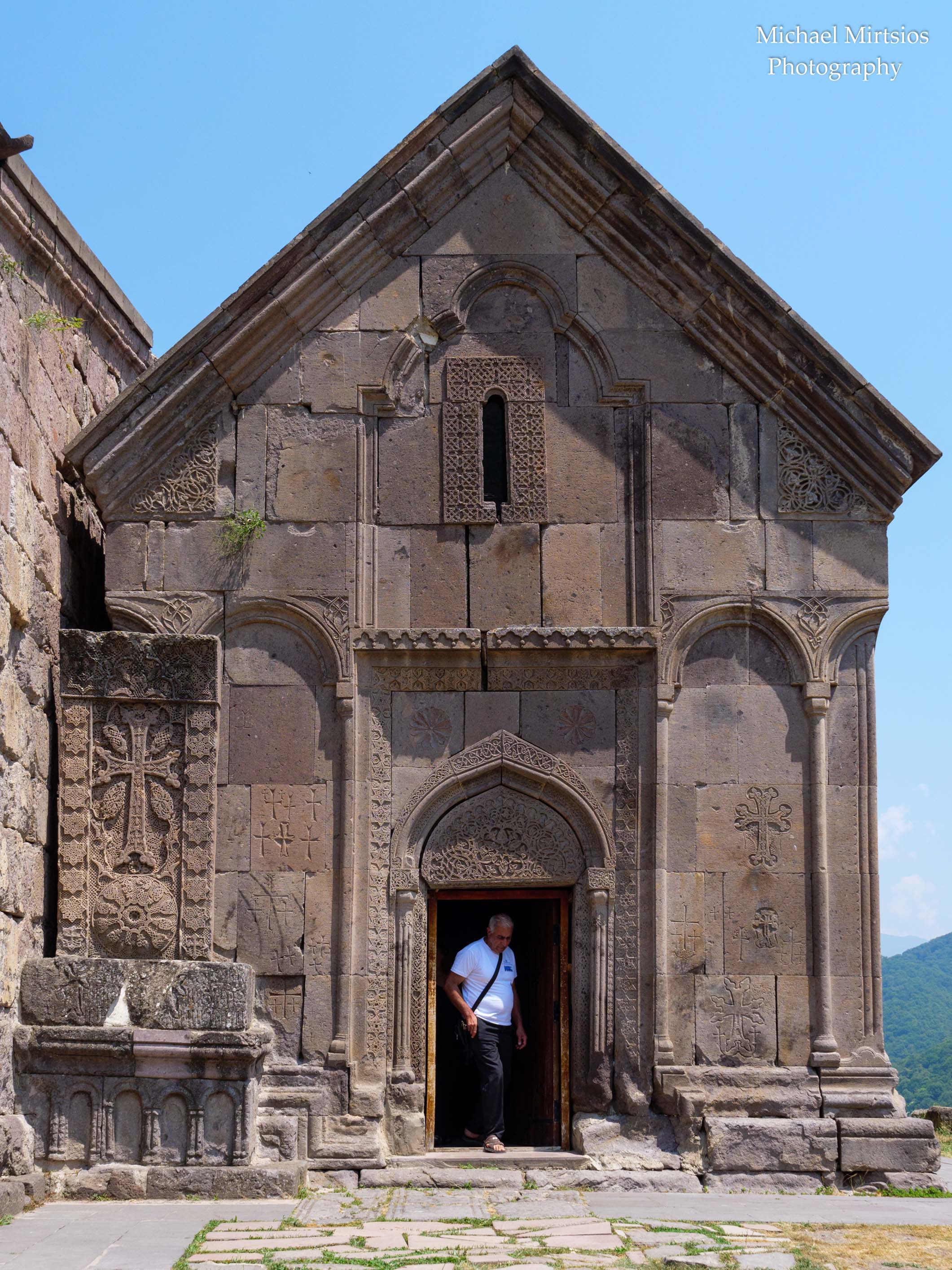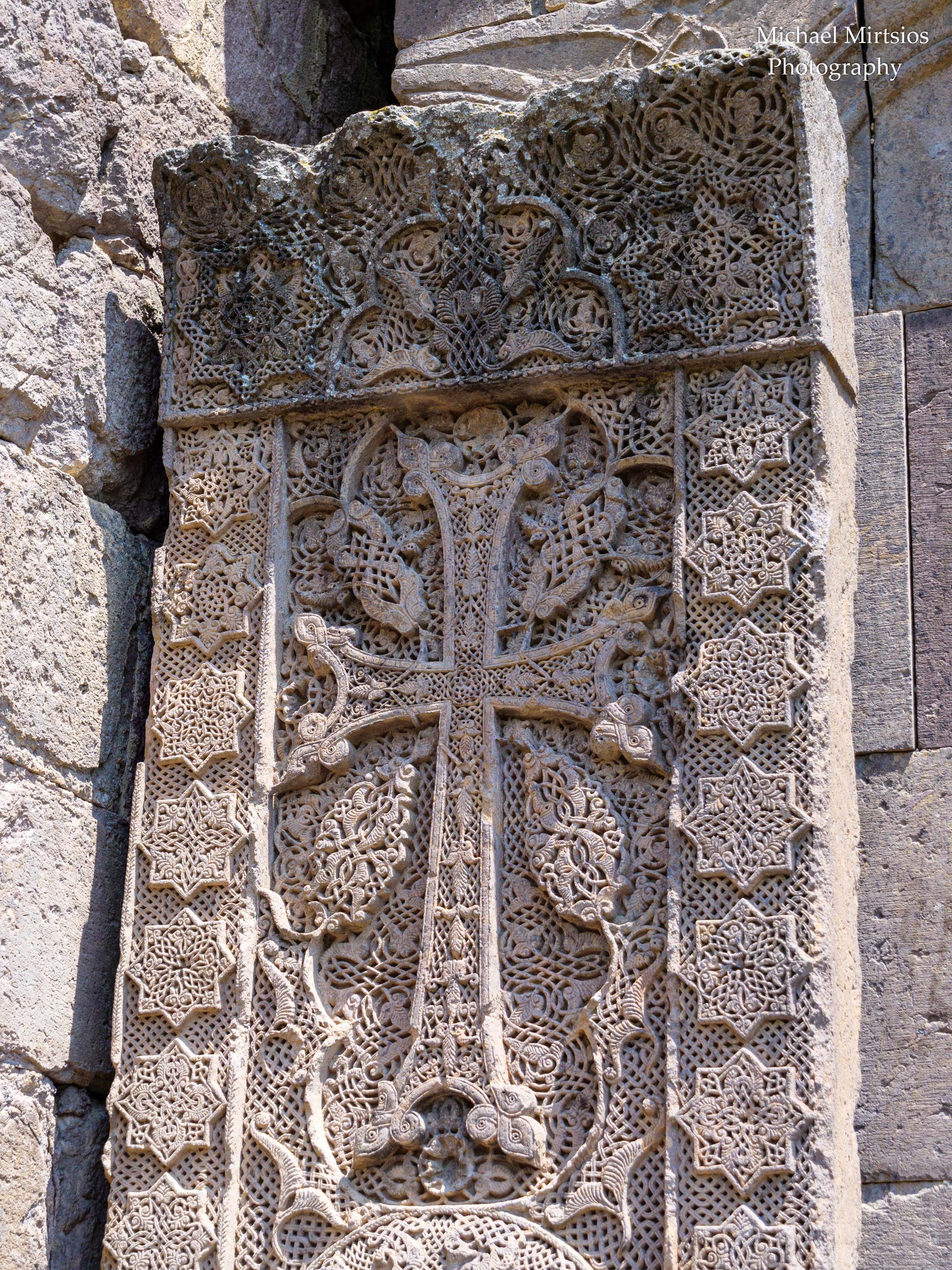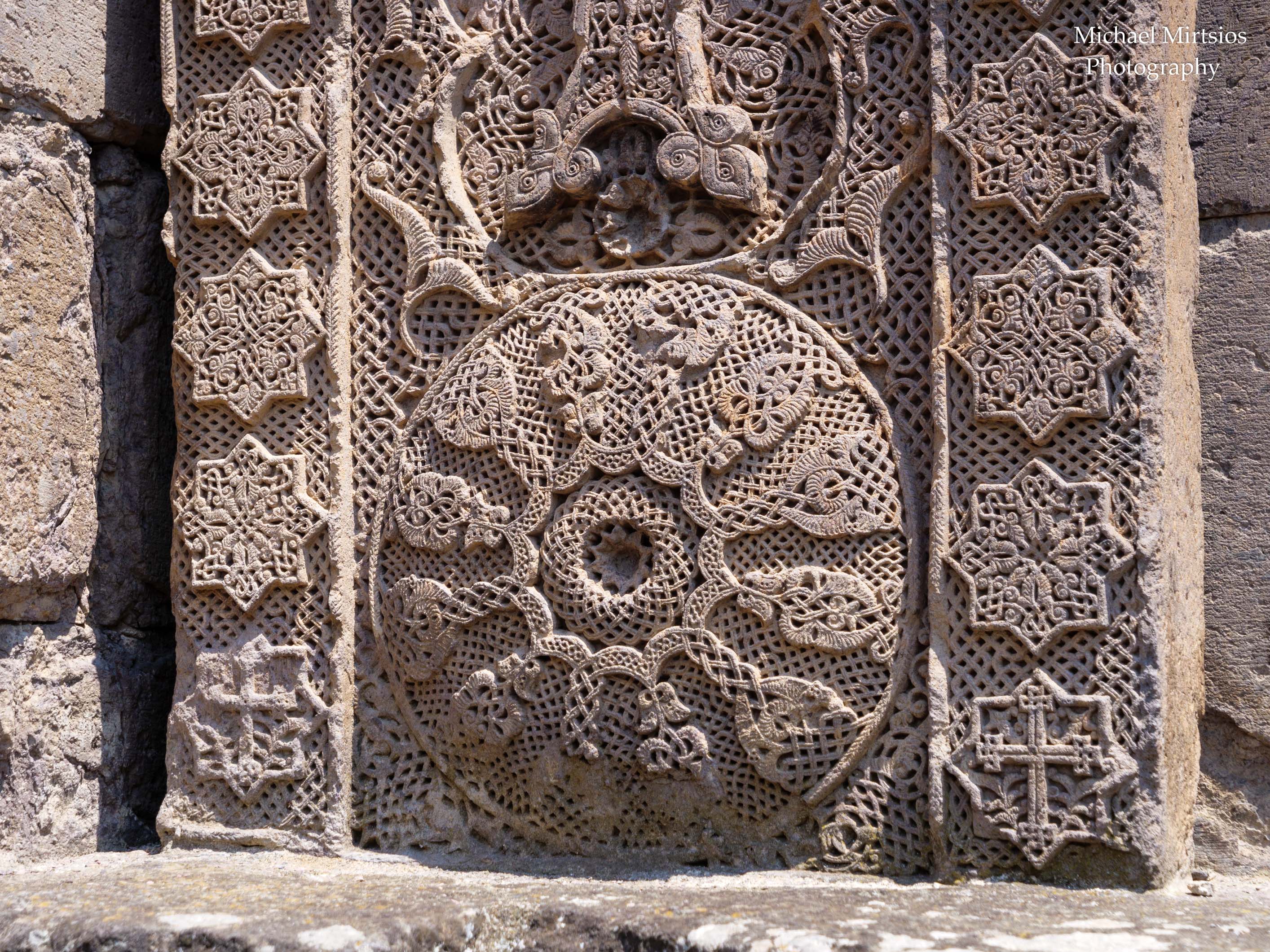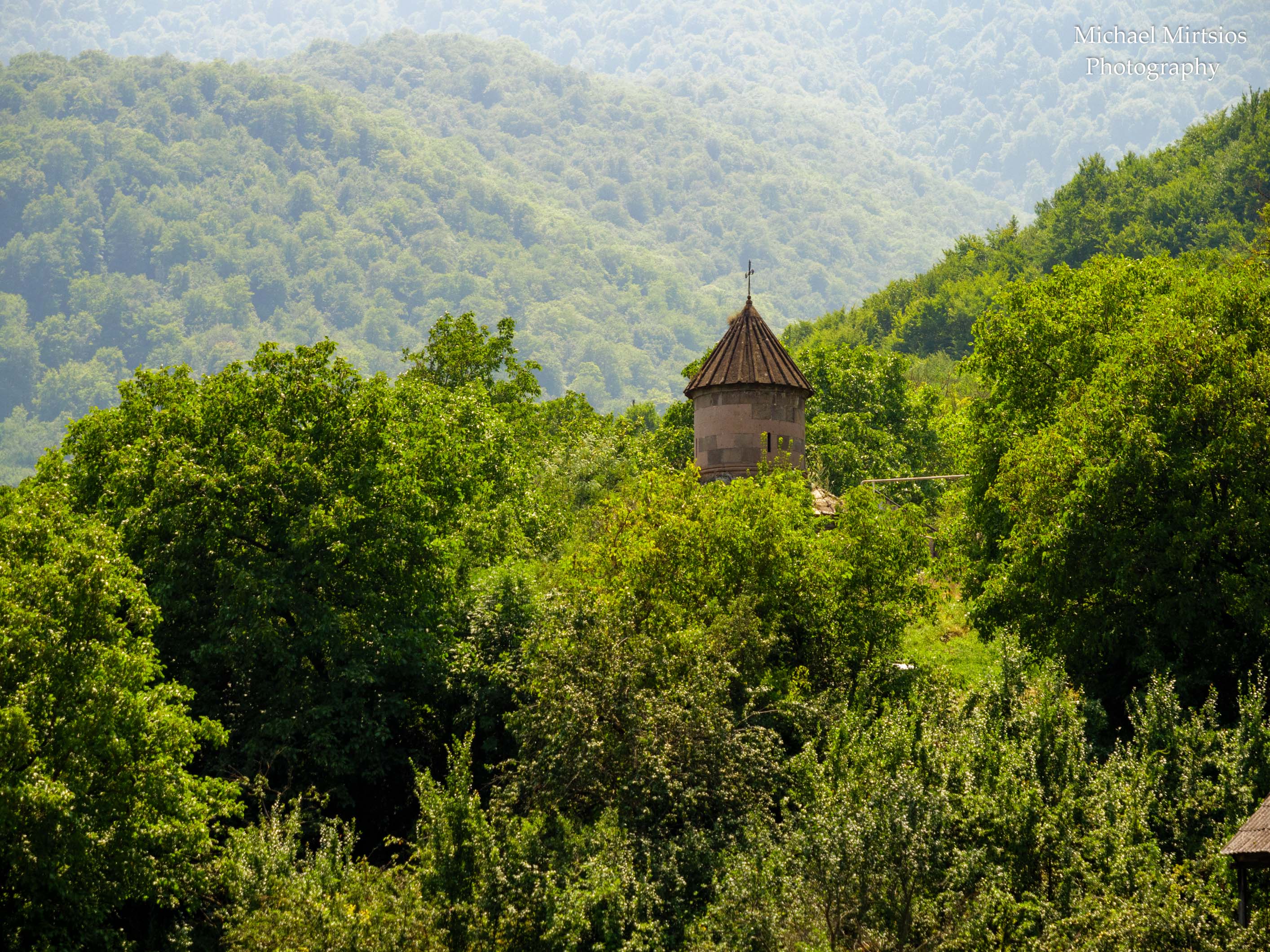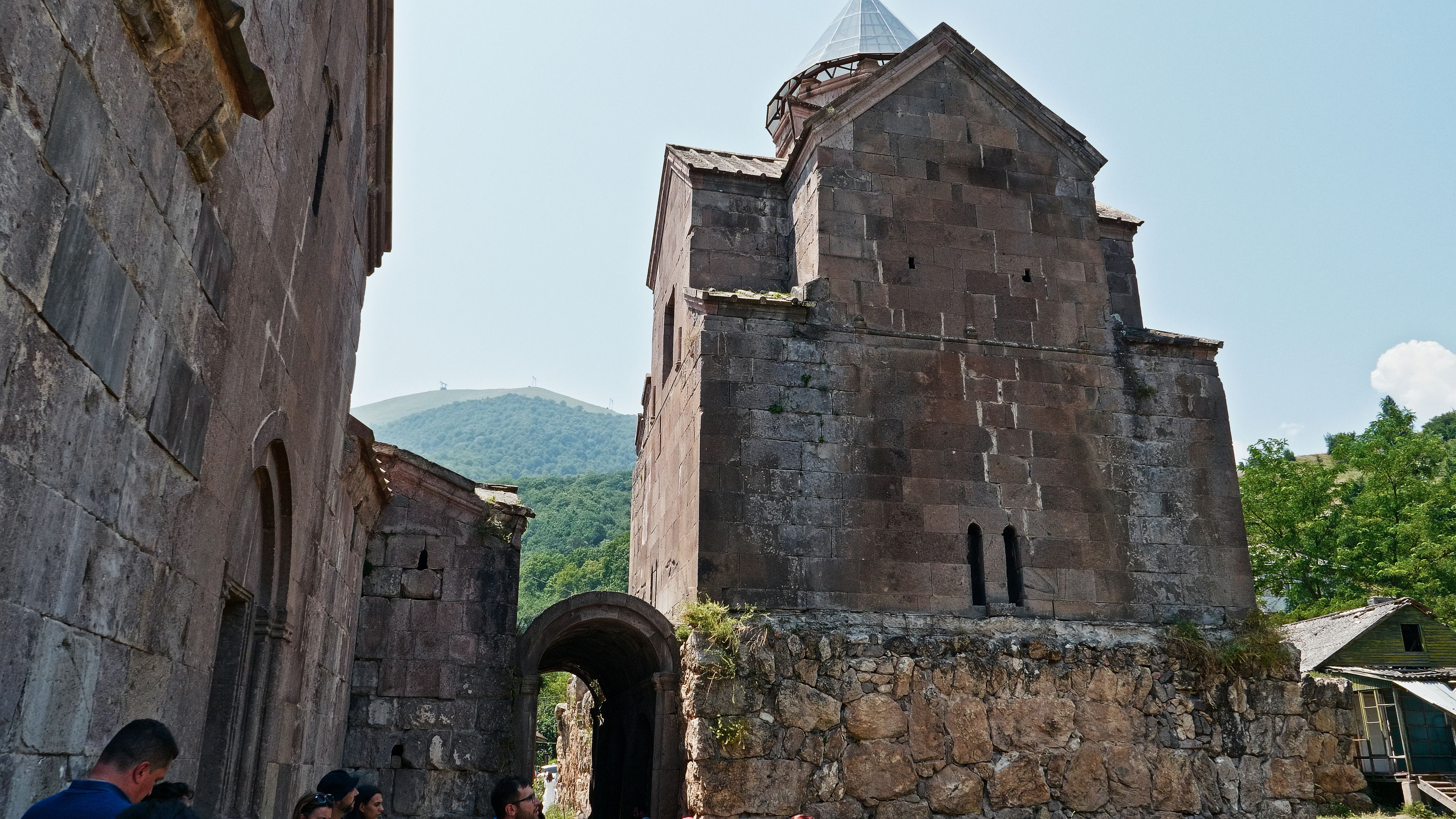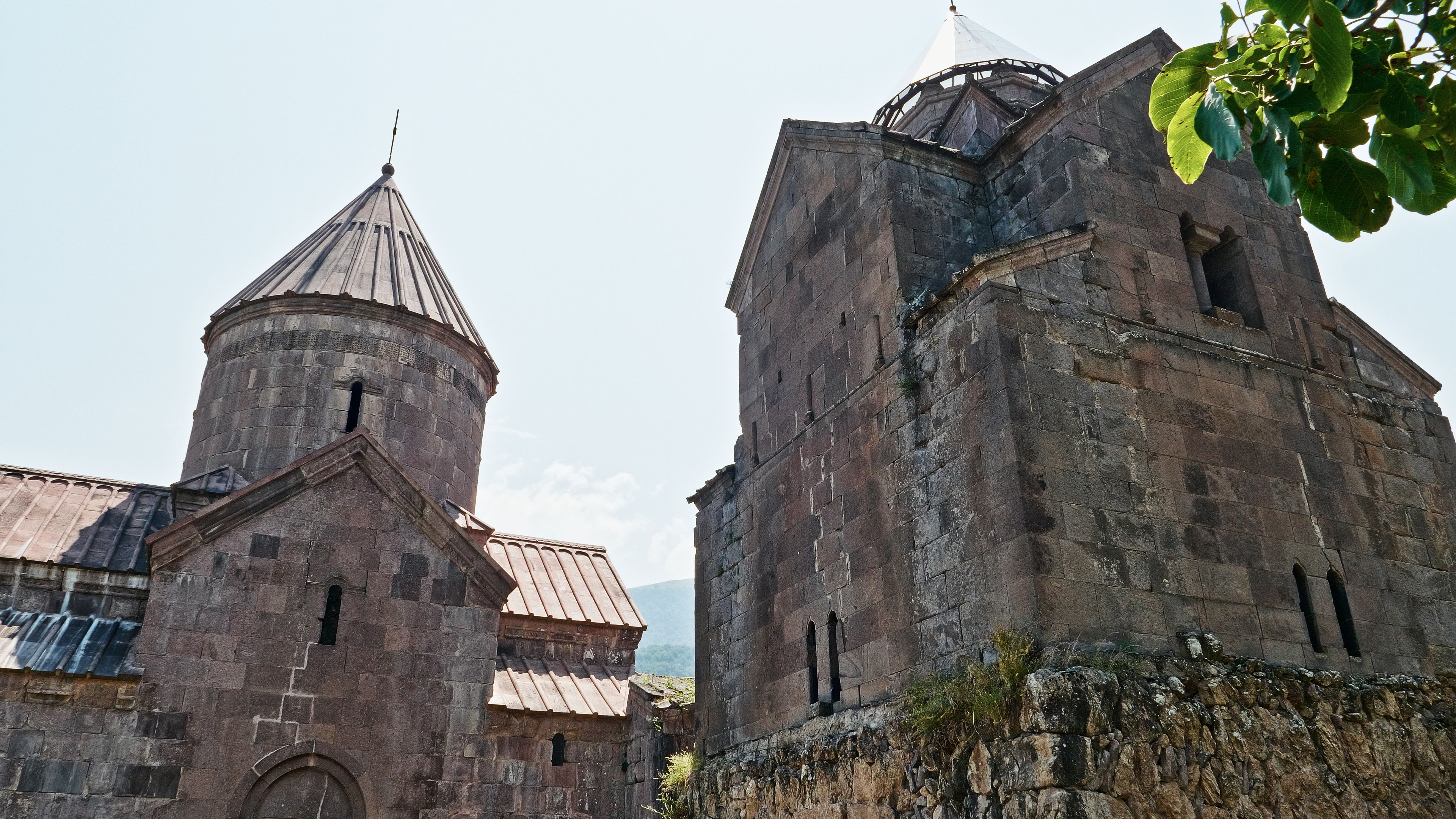Goshavank Monastery
Tucked away in the serene forests of Armenia’s Tavush Province lies a hidden jewel of medieval art and spirituality: Goshavank Monastery. For centuries, its stone walls have stood as a silent witness to a rich history, a center of learning, and a testament to the enduring faith of the Armenian people. As we journey back to the 12th century, we discover not just a complex of buildings, but a living story etched in stone.
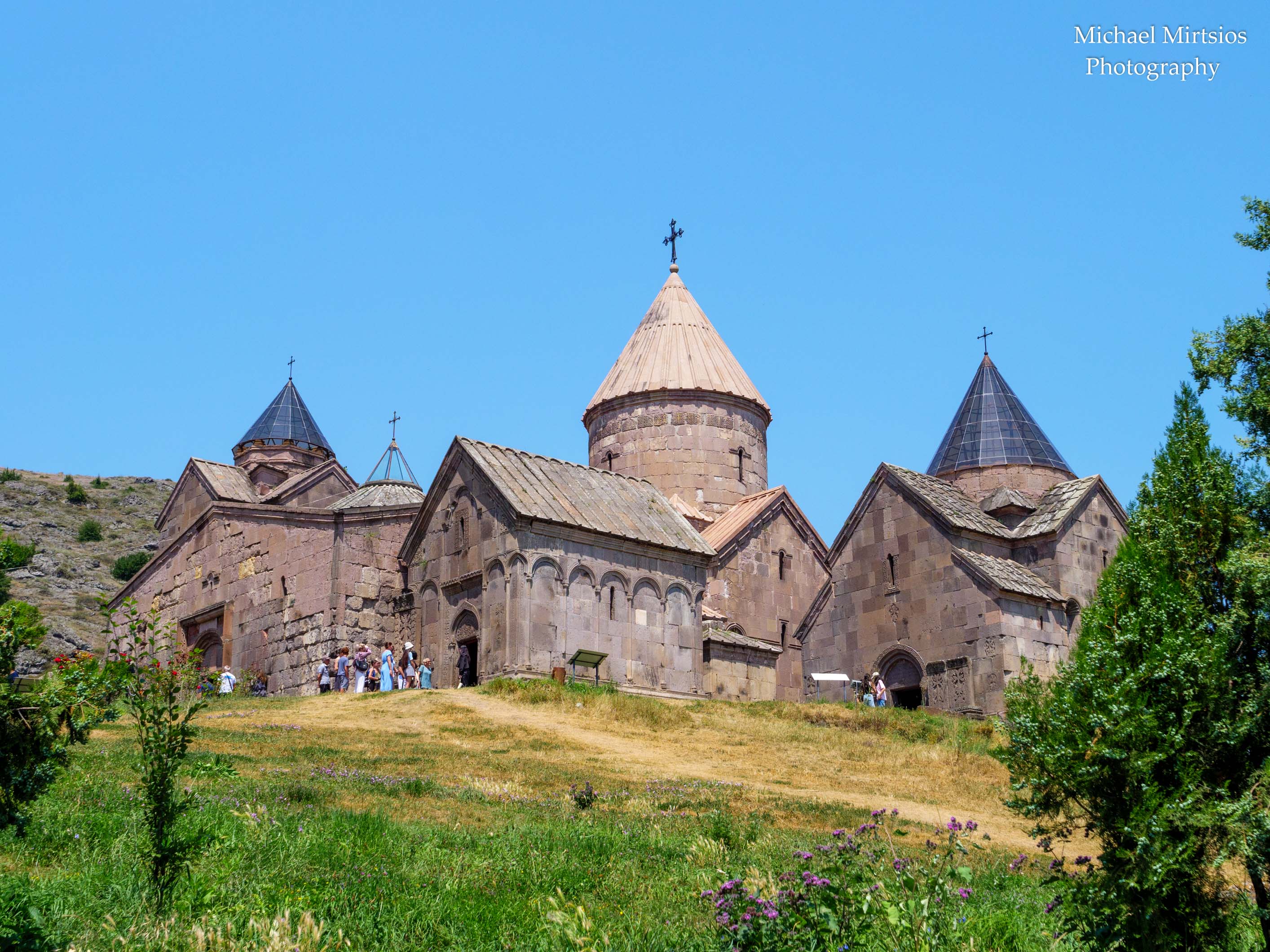
The story of Goshavank begins with a man whose legacy is as profound as the monastery itself: Mkhitar Gosh. A brilliant scholar, legal expert, and priest, Gosh founded this monastery in 1188 with the support of Prince Ivane Zakaryan. Originally named Nor Getik, or "New Getik," it quickly grew into one of Armenia’s most important religious and educational centers. It was a place where manuscripts were copied, legal codes were written, and the brightest minds of the era gathered to study.
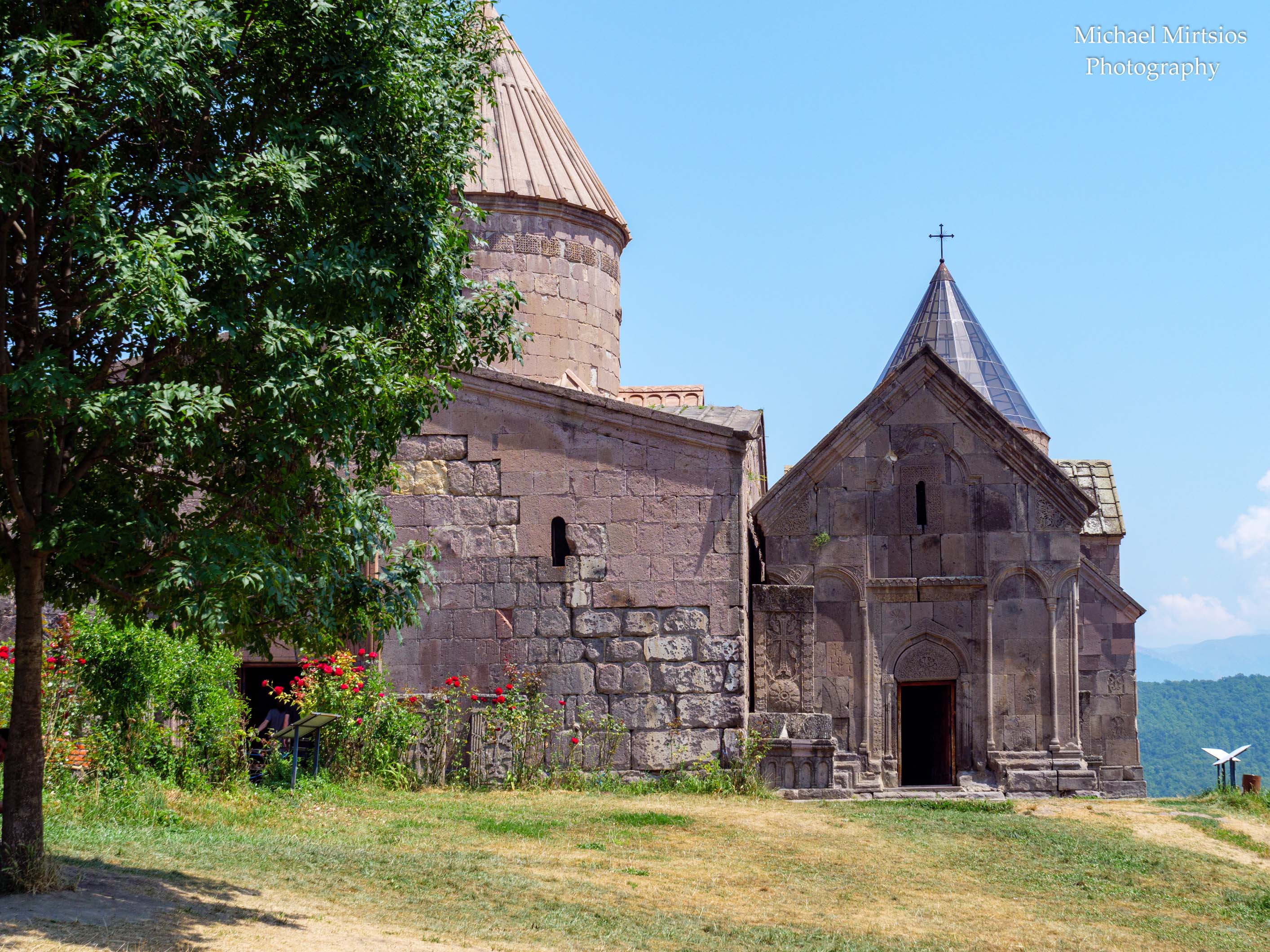
At the heart of the complex stands the Church of the Holy Mother of God, or Surb Astvatsatsin. Consecrated in 1196, its architecture is a classic example of Armenian ecclesiastical design. The dome, a prominent feature of Armenian churches, is supported by intricate arches, creating a sense of height and light. But perhaps the most breathtaking aspect of Goshavank is its collection of khachkars—the iconic Armenian cross-stones. These are not merely grave markers; they are meticulously carved masterpieces, each telling a unique story through symbolic patterns of flora and fauna.
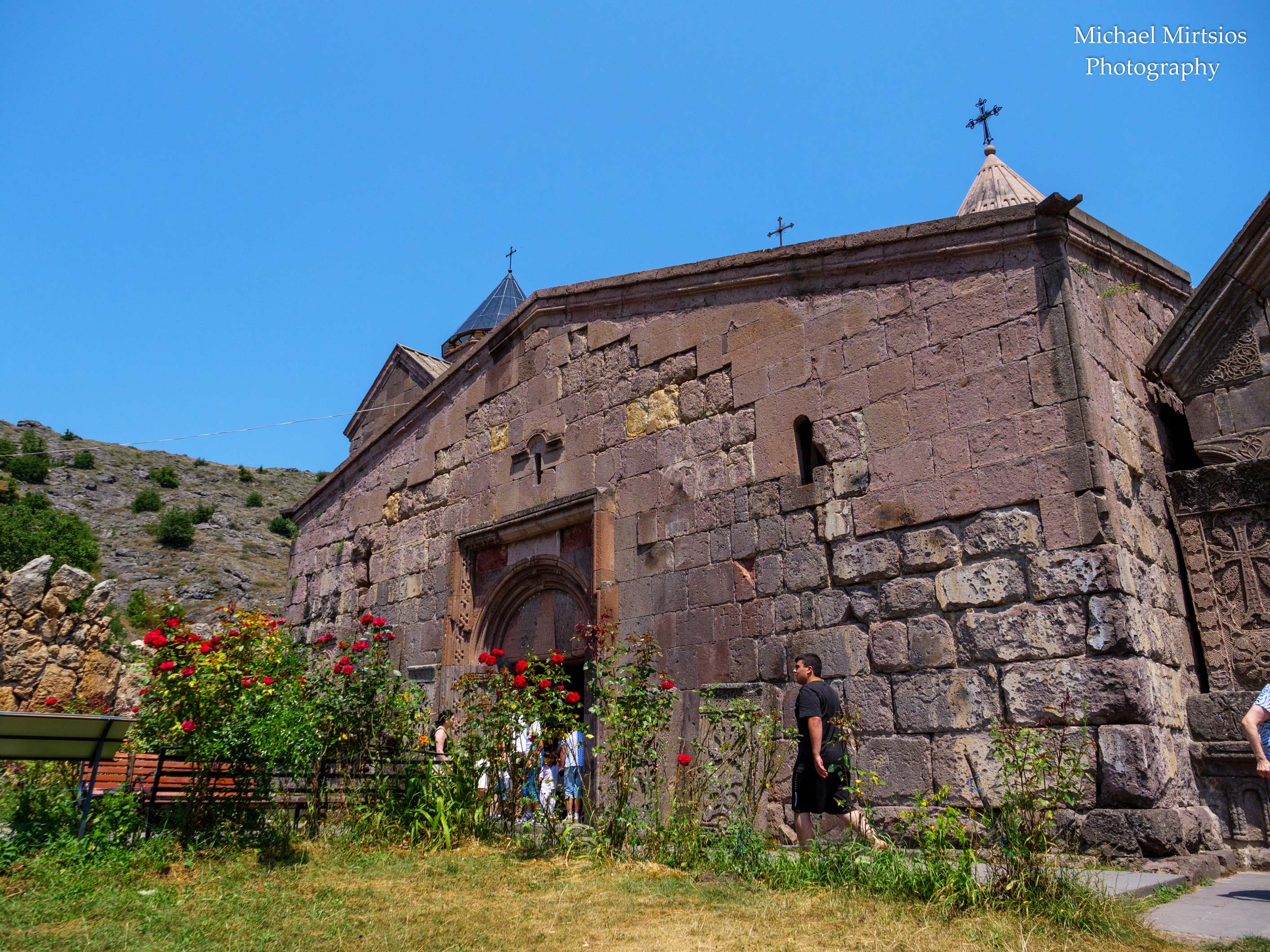
One khachkar, in particular, stands out, celebrated for its astonishing level of detail and craftsmanship. Carved in 1291 by the master craftsman Poghos, it is often called the "lace-carved" khachkar. Its design is so intricate and delicate, it seems to defy the very nature of stone. The central cross is surrounded by a web of interwoven geometric and floral patterns, giving it an ethereal, almost fabric-like quality. It is a testament to the skill and spiritual devotion of the artisans who created these enduring works of art.
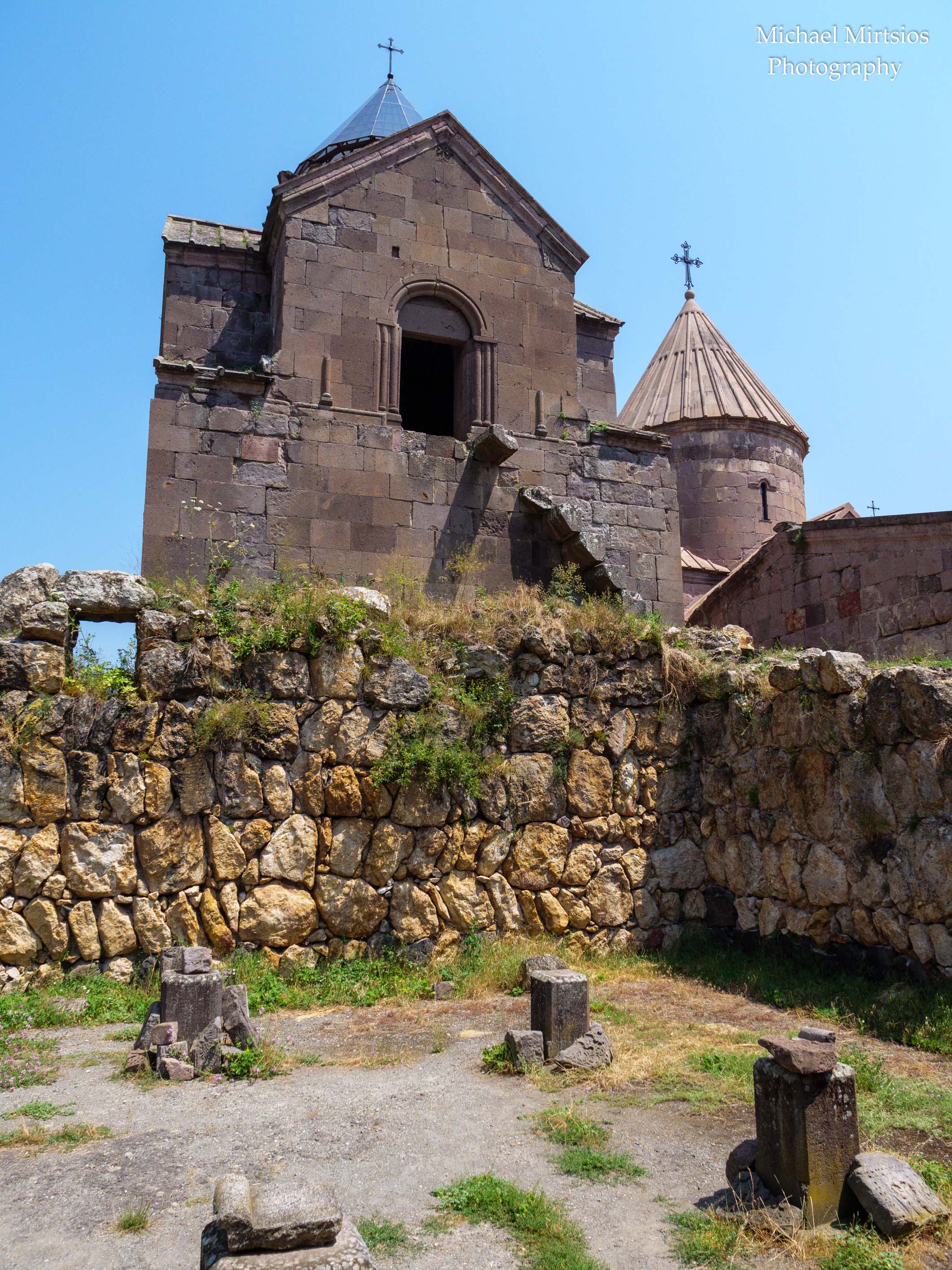
Beyond the main churches, the complex reveals more of its purpose. The two-story library and scriptorium, for example, were central to its educational mission. It was here that monks and scholars preserved knowledge, creating and illuminating manuscripts that have survived for centuries. Imagine the quiet dedication of those who worked here, their hands carefully transcribing ancient texts. The bell tower and porch, or gavit, were later additions, with the gavit serving as a gathering place for the community and as a burial site for notable figures, including Mkhitar Gosh himself.
Today, Goshavank remains more than just a historical site. It is a place of pilgrimage, a connection to the past, and a powerful symbol of Armenian culture and faith. As the sun sets over the ancient stone, we are reminded of the enduring legacy of the people who built this sanctuary—a legacy that continues to inspire and awe all who are fortunate enough to walk within its walls. A visit to Goshavank is not just a tour; it is a journey through time, a moment to reflect on the beauty and resilience of a rich and profound history.
